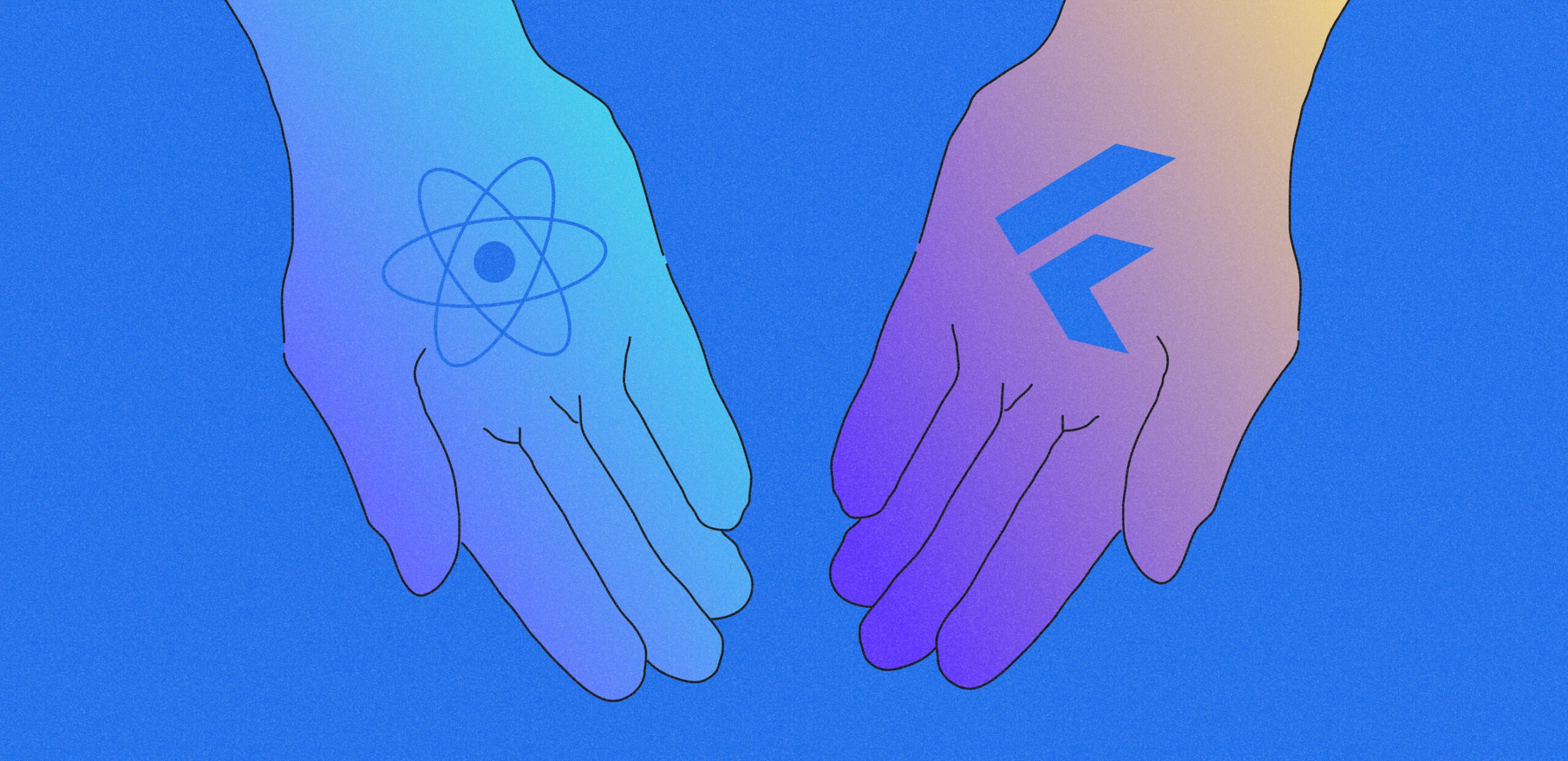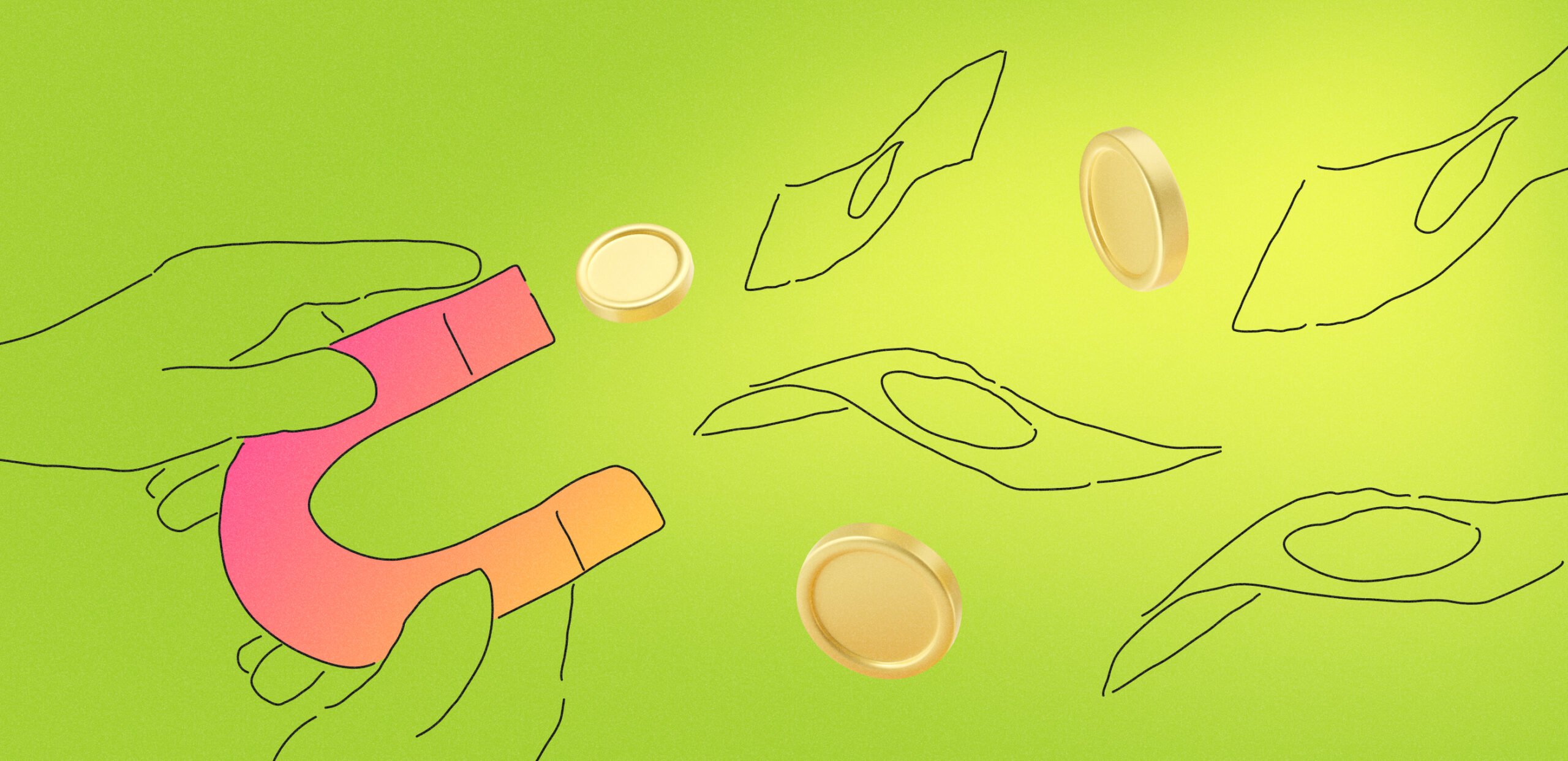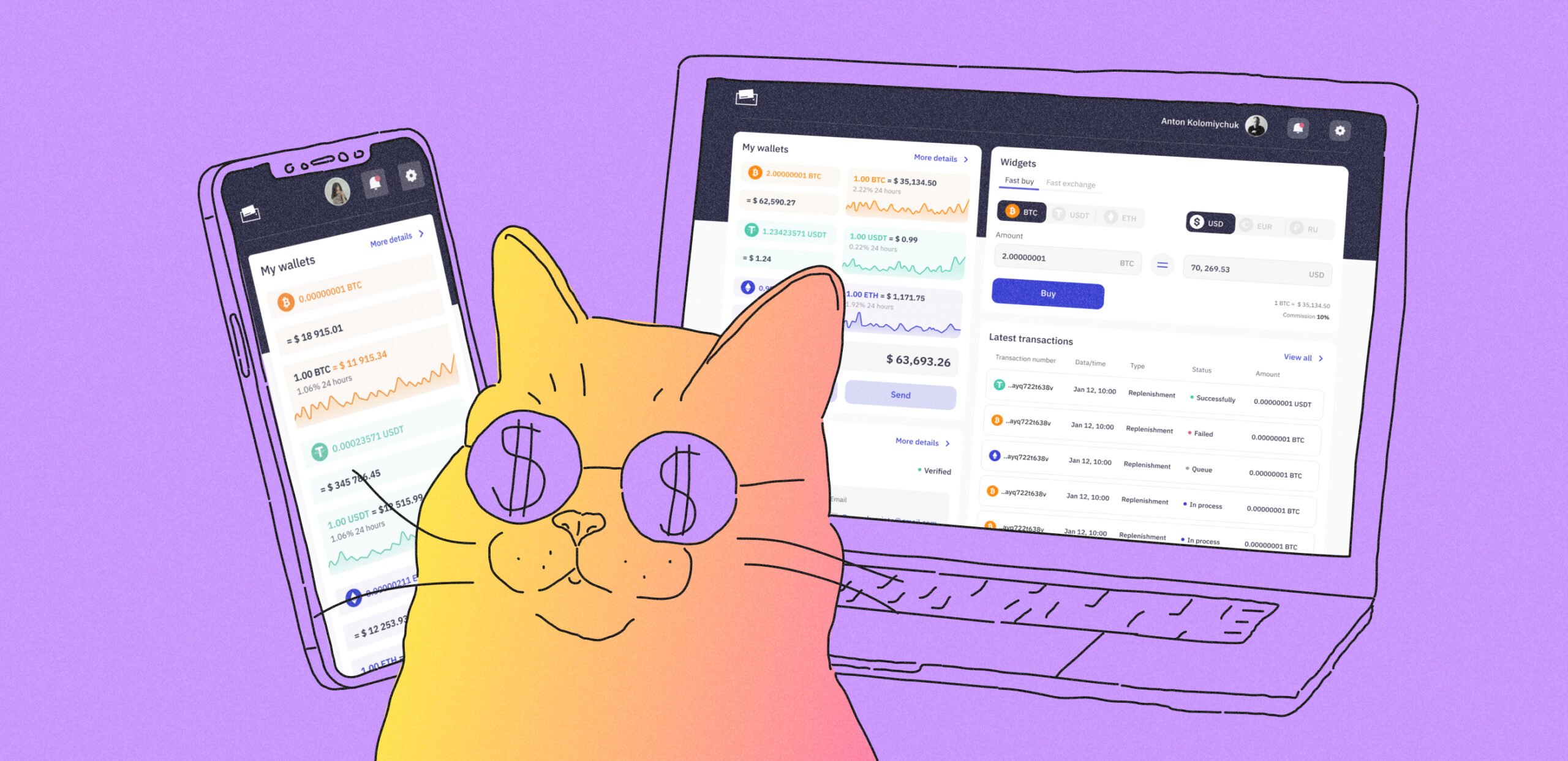Other reasons to use metrics
MVP release — is an opportunity to test the market reaction to your idea and make adjustments if necessary.
Develop an MVP → release an MVP → ✔(you are here) collect user feedback → improve the product → release the fully-fledged app
The metrics below will help you to collect unbiased user feedback. Armed with this, it’s easier to change hypotheses and adjust the app.
Retention Rate
This will show you how successfully your business interacts with customers: what percentage of users renew their subscriptions or make new purchases.
How to calculate it. Subtract the number of new customers from the total number of the customers who made purchases during the month. Then, divide by the number of customers at the beginning of the month.
For example, Sam opens an online store selling candles. At the beginning of November, his store had 100 regular customers. After launching an advertising campaign on social networks, 40 people came. Only 20 people out of all customers decided not to buy again. Let’s write down the main numbers:
100 — the number of customers at the beginning of the month.
40 — the number of new users.
20 — the number of the users who bought nothing over the month.
100 + 40 – 20 = 120 — the total number of customers at the end of the month.
For example, this is what the formula for an online store looks like:
And this is what the formula looks like:
RR = (120 − 40) ÷ 100 × 100 % = 80 %
How to increase it. Figure out what affects the customer churn and launch marketing mechanics, such as promotions and a free trial period.
Daily / Weekly / Monthly Active Users
Represents the size of the audience and denotes how much the product gets used.
How to calculate it. Figure out the number of unique users. For example, if 10 people installed your app yesterday, and 4 of them have opened it today, then today’s DAU equals 4.
How to increase it. Implement product reminders . For example, build a notifications schedule so that push notifications are received on the days with the lowest DAU.
Conversion Rate
Shows the percentage of the users who performed the target action, for example followed a link or registered.
How to calculate it. Figure out the percentage of the interested customers. For example, if 2,000 people downloaded your app during the month, and 200 of them registered, the CR formula will look like this:
CR = 200 ÷ 2 000 × 100 % = 10 %
How to increase it. Track the entire user journey and find the stage when they ‘drop out’. Fix the flaws, for example, refine the ads and monitor the CR changes.
Lifetime Value
Shows the total profit you get from a single customer, during the whole period they use your product. This metric reveals the payback rate of your business strategy. For example, if LTV is below the cost of attracting new users, then your project is losing money.
How to calculate it. LTV = ARPU * LT
ARPU (Average Revenue per Unit) is an average revenue you get from a customer.
LT (LifeTime) is the average time a customer uses your product.
For example, Jessica owns a cozy coffee shop known for its delicious lattes. Let’s say Jessica tracks her sales data and finds the average customer spends $5 per visit. Through analyzing customer data, she determines the average customer visits her shop twice a week for 6 months (26 weeks), which is 52 visits.
ARPU is $5. Then, LTV = $5 * 52 = $260
This tells Jessica that a customer brings an average of $260 in revenue to her café every 6 months. This metric is important for making business decisions. If Jessica spends less than $260 on marketing and promotions to acquire a new customer, she’s likely to make a profit.
How to increase it. Increase ARPU or LT. For example, reduce the customer acquisition cost by choosing more efficient channels.
Churn Rate
Characterizes the number of users that cease to have any kind of interaction with a product.
How to calculate it. Figure out the percentage of the lost users. For example, at the beginning of June, the newsletter base included 3,000 subscribers. During the month, 300 new subscribers were added. By the end of the month, the total number of subscribers was 3,100.
The number of the lost subscribers = 3 000 + 300 – 3 100 = 200
CR = 200 ÷ 3 000 * 100 % = 6,7 %
How to reduce it. Focus on the individual approach. For example, offer a unique pricing plan to the significant ex-customers.
Customer Acquisition Cost
Shows the amount of money your company spends to ensure acquisition of new users.
How to calculate it. Figure out the ratio of marketing costs to the number of new customers. For example, your company spent $100 on X ads and got 50 customers. In this case, CAC equals:
CAC = $100 ÷ 50 = $2
How to reduce it. Optimize the marketing strategy. For example, identify the inefficient user acquisition channels.











